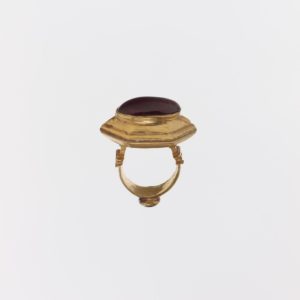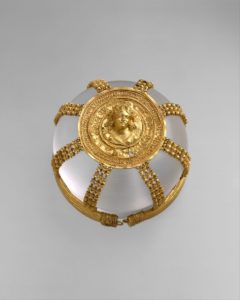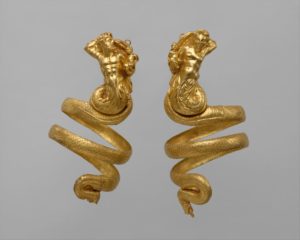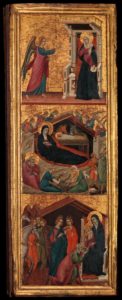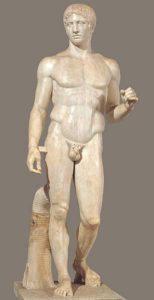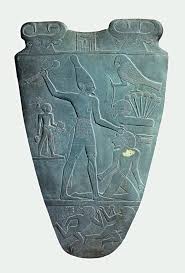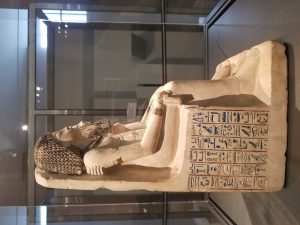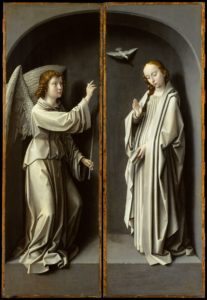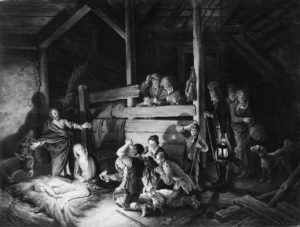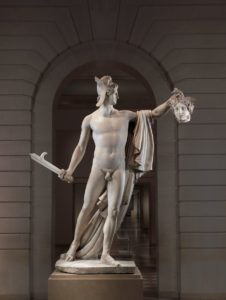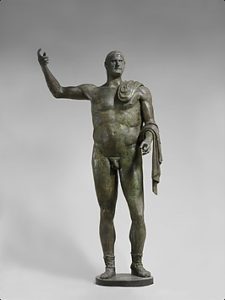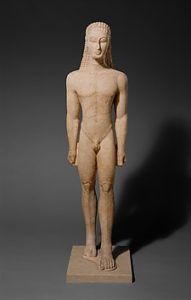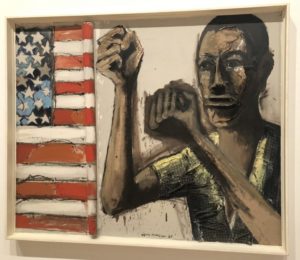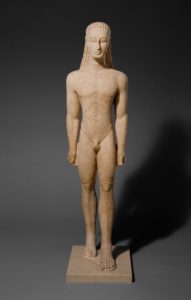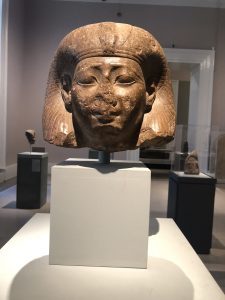Overall Topic: For my final project I will create a mock tour guide that acts as a satire to pick apart the limited roles in which women are placed within works of art during the Renaissance and Baroque period. I find that for the most part there seems to be only three archaical roles in which women are depicted and portrayed as within both eras. These roles are stereotypically the idealized virginal biblical figures (Virgin Mary, Mary Magdalene), the superlunary depiction of mythological goddesses (Diana, Venus, etc) and the delineation of ordinarily simple and mundane women. These three roles bind women to either the very high standards of being the perfect virgin, the otherworldly headstrong and beautiful goddesses within Roman mythology, or push them to embrace the simplistic life of domesticity. I will judge and fully exemplify all three of these archetypes in my tour at the MET. This tour will be divvied in three different venturings and in each venture we will view two pieces of art that speaks to and verifies the limited archetypes we’re exploring and working to confirm. The 6 works of art that will be viewed in this tour are…
Thesis: The roles in which women were strategically placed within Renaissance and Baroque art worked to subject them to very limited and two-dimensional roles within society that offered no proper insight to the true complexity of their nature.
The representation of women within the art of the Renaissance and Baroque era
- Venus and Adonis by Peter Paul Rubens
- Diana the Huntress by Giampietrino
- Madonna and Child with Angels by Cosimo Rosselli
- Portrait of a Woman, Possibly a Nun of San Secondo by Jacometto
- The Love Letter by Jacob Ochtervelt
- The Lacemaker by Nicolaes Maes The first two paintings hone in on the vital and ever present depiction of Roman goddesses throughout the Baroque and Renaissance period. The third and fourth paintings are specifically from the Renaissance period serving as the paintings that hone in on holy, biblical, or simply virginal women. The last two paintings focus on the stereotypical roles women resorted to, a desire for love and a duty to domesticity. All of these paintings work to give us a closer look into not just these artists interpretation of women and the purpose these women serve during these periods of time, but what purpose women were thought to serve according to societal standards as well.
Bibliography
Chadwick, Whitney. Women, Art, and Society. Langara College, 2016.
In this novel, Whitney Chadwick’s survey reexamines works of arts and the ways in which the women within them have been perceived as “marginal, often in direct reference to gender”. To build on this further, she also addresses the “closely related issues of ethnicity, class, and sexuality”. All of these work to support my thesis of the less than ideal way in which women are perceived in works of art.
Cruz, Katryna Santa. “Guided History.” Artistic Representation of the Female Gender from the Renaissance to the Enlightenment, blogs.bu.edu/guidedhistory/historians-craft/katryna-santacruz/.
This article touches base on a plethora of published works that discuss the representation of women in art throughout the Renaissance era to the Enlightenment era. Through Cruz’s discussion of the contents of these works, she too highlights women in religious art and imagery, sexuality and eroticism, as well as the overall gender differences that are easily found within the art of these times.
Faulkner, Katherine, et al. “Representing Women.” Courtauld , The Courtauld Gallery, courtauld.ac.uk/wp-content/uploads/2015/05/Goyateachersresourcesfinal.pdf.
Containing many different articles and authors, this pdf remarks skillfully so how exactly “art has played an important role in perpetuating stereotypical images of women and femininity; both negative and positive”. I think it’s important to include this work in my research paper so that I don’t find myself focusing entirely on the negative nature of my theme, but rather try to see some of the good that I might not have been so intuitive of before.
Gilboa, Anat. “Gender in Art.” New Dictionary of the History of Ideas, edited by Maryanne Cline Horowitz, vol. 3, Charles Scribner’s Sons, 2005, pp. 876-882. Gale Virtual Reference Library, http://link.galegroup.com.ez-proxy.brooklyn.cuny.edu:2048/apps/doc/CX3424300308/GVRL?u=cuny_broo39667&sid=GVRL&xid=373e27a0. Accessed 11 Dec. 2018.
In using this scholarly article, I am able to gain a better insight historically of the roles that society placed on women and the meaning behind such a placement. The perception of women of the Renaissance and Baroque era becomes clearer with more of a historical context to back it up. While the other works I’m citing add the wood to the fire for my guided tours theme, this source acts to answer “But why?” It focuses on eroticism and women as allegorical references, two archetypes I myself mention and am eager to further explore.
Hungus, Karl. YouTube, YouTube, 31 Oct. 2016, www.youtube.com/watch?v=ta-s_vzxWn8.
Here we have John Berger’s second episode of his series “Ways of Seeing” in which he discusses the concept of the female nude. He differentiates nudity from nakedness, and remarks that in order for a naked body to become a nude, “it must be completely objectified and exist only for the sexual pleasure of the owner or viewer”. Berger discusses a contradiction in European paintings of female nudes between “the painter’s, owner’s and viewer’s individualism and… the object, the woman, which is treated as abstraction.” Much like what I’m trying to prove in this tour, Berger strongly believes that these stark differences deeply affect our culture and how our society perceives women (how women perceive themselves even).
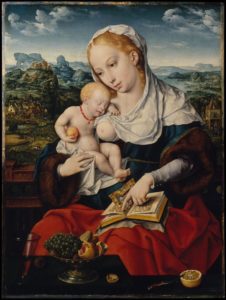
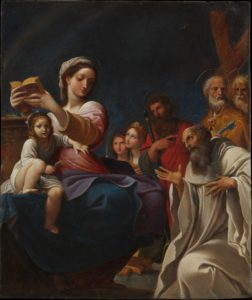 1600-1750s then it was considered Baroque. Baroque artwork was also heavily influenced by the Roman Catholic Church around that time period hence the religious artwork with crucifixion and Madonna.
1600-1750s then it was considered Baroque. Baroque artwork was also heavily influenced by the Roman Catholic Church around that time period hence the religious artwork with crucifixion and Madonna. 

